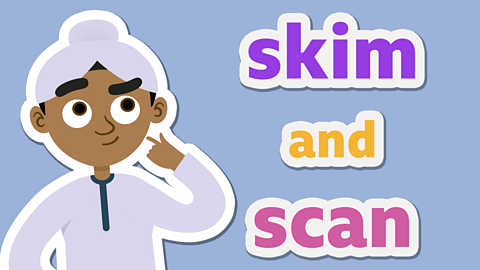Finding and retrieving information
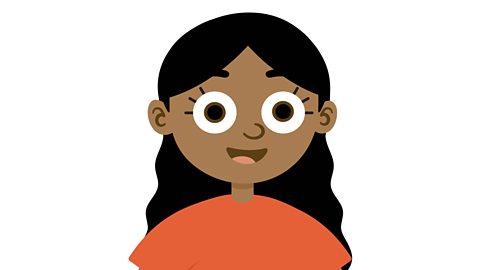
Finding information and retrieving it is a very important reading skill.
It enables you to answer questions about a text.
For example:
Fatima had black hair, brown eyes and glasses.
Q - What colour hair did Fatima have?
Fatima had 'black hair'. It tells us that in the sentence.

Watch: Finding the facts
Learn how to find facts in a text with Mr Firth
Skimming and scanning
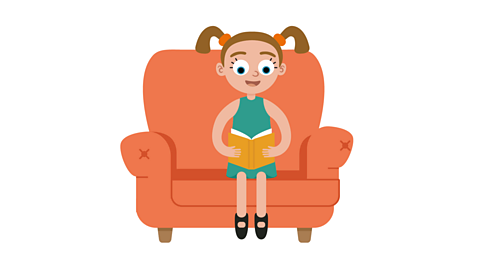
In order to find the answers to questions you have to skim and scan a text.
That means moving your eyes along the lines from left to right looking for the key information you need.
If the question asks:
âWłó±đČÔâŠâ¶Ä - you will need to scan for a time or date.
âWłó±đ°ù±đâŠâ¶Ä - you will need to scan for a place.
âWłóŽÇâŠâ¶Ä - you will need to scan for a name.


Top tip!
Remember if you are looking for the name of a person or place it will start with a capital letter.
This will make it easier to spot too!

Activity 1
We can retrieve information from videos of stories as well as written texts.
Watch the video which shows Part 1 of Jack and the Beanstalk .
Then answer the retrieval questions below and write your answers down on paper.
You can play the video as many times as you like to find the answers.
Watch Part 1 of the 'Jack and the Beanstalk' story
1. What was Jack doing at the start of the story?
2. What was on Jack's face?
3. What was on the top shelf of the cupboard?
4. Who woke Jack up from his daydream?
5. Where did Jack live?
6. What have Jack and Ma done with all the money?
See how many you got right by checking this .
Activity 2
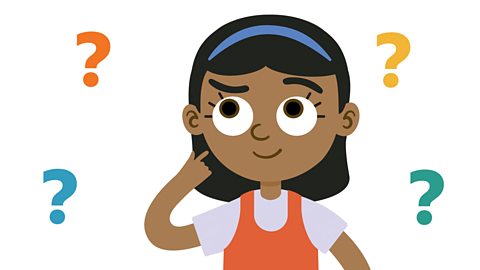
Read the character description of a school caretaker called Mr Simmons.
Then try answering the retrieval questions in the interactive quiz which is below the text.
You can go back and read the passage as many times as you like to find the answers.
Remember to use your skimming and scanning skills. Move your eyes over the page from left to right trying to find the key information from the questions, one at a time.

Mr Simmons was the caretaker of Dillon Road Primary School. He was small, had white grey hair, round spectacles and always wore the same white overalls. He had been there for as long as anybody could remember.
He could often be found with his old yellow bucket and mop cleaning the corridors. Children would run in from play time, leaving shoe marks and muddy footprints and Mr Simmons would tut, roll his eyes and clean up the mess. Although he was always hard at work, and never really spoke to anyone, he loved his job.
At the end of the day, once everyone went home, he would clean classrooms and leave happy messages on the whiteboards for children and teachers to find in the morning. If ever he found a missing jumper, a lost toy or hidden sweets (which were not allowed) he would always find who they belonged to (and wouldnât tell you off). If ever he saw anyone who was sad or upset, he would pull funny faces through windows or round doorways in order to make them smile.
Activity 3
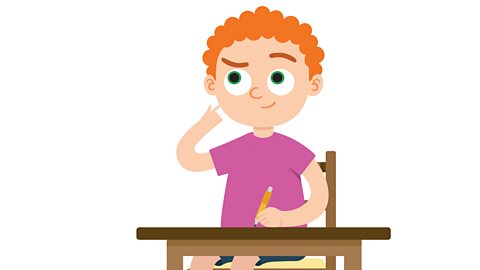
Now its time to complete Mr Firthâs story summarising challenge he set at 05:05 in the Teacher Talk clip at the start of this lesson. You can go back and watch that part of the video again if you wish.
He explained in the video how we can summarise information by just saying the key points.
The key points are the most important parts of a story that you need to know in order for the story to make sense.
First, choose a story you know well. It could be Cinderella, Little Red Riding Hood or Jack and the Beanstalk for example.
Then write a short summary of the story in less than ten sentences. You still need to include all the key information.

For example: The Three Little Pigs
A house made of straw.
A house made of sticks.
'Let me come in!'
'Not by the hairs on our chinny chin chin!'
The houses are blown down.
A house made of bricks.
The house survived.
When you have written your summary, find a friend or family member at home and read it to them.
Can they guess what the story is you are summarising?
If they canât, you have not included all the key information. Go back and add any details you missed and then see if they can guess it.
Play our fun English game Crystal Explorers. gamePlay our fun English game Crystal Explorers
Use grammar, punctuation and spelling skills to explore jungles, caves and tombs on your mission!

More on Comprehension
Find out more by working through a topic
- count6 of 11
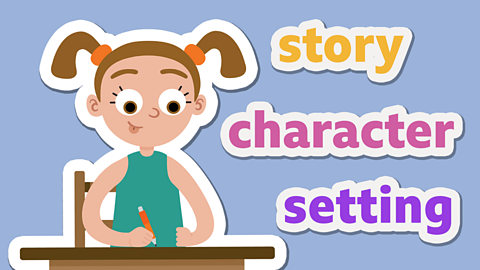
- count7 of 11
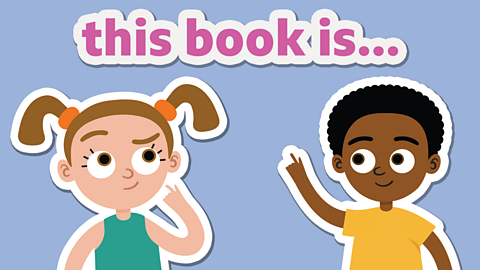
- count8 of 11
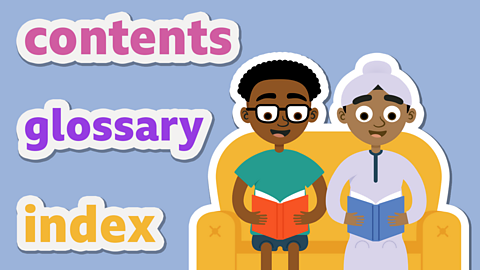
- count9 of 11
